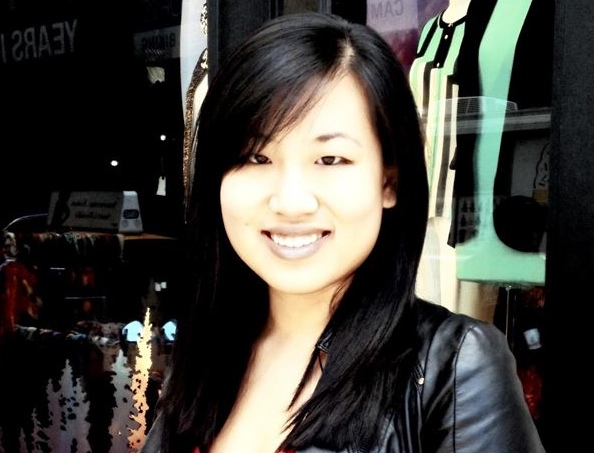Mammogram Benefits Outweigh Radiation Risks, Study Finds
Starting mammograms at age 40 could reduce breast cancer deaths by 24 percent, according to a new study, and the benefits of beginning mammograms at this age outweigh the potential risk they bring of developing radiation-induced cancer.
The study, however, comes after findings earlier this year showing that starting screening at age 40 rarely saved lives, and more often resulted in misdiagnoses that fueled anxiety and led to debilitating treatments. Those findings led to controversy and confusion over the guidelines for screenings.
The new study showed that, if 100,000 women began getting mammograms at age 40, then 497 could have their cancer found early enough to save their lives (without mammograms, 2,070 would likely die of the disease). Meanwhile, 86 women could develop radiation-induced cancer, and 11 of them would likely die, said study researcher Martin J. Yaffe, a medical biophysics and imaging professor at the University of Toronto.
"If you start screening at 40, the radiation risk is very small compared to the reasonable benefit that you get from earlier detection," he told MyHealthNewsDaily.
The study was published online today (Nov. 16) in the journal Radiology.
Doing the math
Yaffe and his colleagues projected what would happen if women had mammograms once a year starting at age 40, then once every two years after menopause at around age 55, until age 74.
Sign up for the Live Science daily newsletter now
Get the world’s most fascinating discoveries delivered straight to your inbox.
The amount of radiation the researchers used to calculate the risk was 3.7 milligrays to screen both breasts, which is the average amount of radiation used in typical mammography screenings. The Food and Drug Administration has a 6.0-milligray limit for screenings.
There's no direct evidence of breast cancer being caused by mammography because it's impossible to distinguish radiation-induced cancer from cancer that develops for other reasons, Yaffe said.
Instead, the calculations show what could happen, given the amount of radiation women are subjected to during a mammography, he said. The information on the risk of cancer from radiation is based on historical data, such as the incidence of cancer among people who survived nuclear bomb blasts during World War II.
"It's a hypothetical risk," Yaffe said. "Using this model, we suggested what, hypothetically, this risk would be."
Mammography recommendations
The finding confirms the results of a study published in October in the journal Radiology, which found similar potential risks associated with mammography screenings. However, the new study also compares those risks with the potential benefits of screening, said Edward Hendrick, a professor of radiology at the University of Colorado and author of the October study.
Yaffe and his colleagues did "what is the most relevant for North American women," said Hendrick, who wasn't involved with the new study.
The finding is further confirmation the benefit of mammography is greater than potential risks, but it still underestimates the lives that can be saved with a mammogram, said Dr. Robert Smith, director of cancer screening at the American Cancer Society.
"The potential benefit that we know will exist from detecting cancer early vastly outweighs any theoretical estimate of risk of exposure to ionizing radiation," said Smith, who wasn't involved with the study.
It's hard be confident about the theoretical risks of radiation-induced cancer, because those risks are very small, he said, but the benefits of finding breast cancer early are established, and screening should be part of any woman's preventive health plan.
There are a number of recommendations from different groups for mammography screening.
The American Cancer Society recommends all women with average risk of breast cancer get a yearly mammogram starting at age 40, whereas the National Cancer Institute recommends women age 40 and older get a mammogram every year or two.
On the other hand, the U.S. Preventive Services Task Force issued new recommendations last year that say women should wait, advising that only women age 50 or older should have a mammogram every other year, because of potential false detections of tumors that could lead to unnecessary biopsies and anxiety.
Smith said the differences in recommendations lie in the way the groups conducted their risk analysis.
- 7 Cancers You Can Ward Off with Exercise
- 10 Dos and Don’ts to Reduce Your Risk of Cancer
- Breast Cancer: Symptoms, Treatment & Prevention
This article was provided by MyHealthNewsDaily, a sister site to LiveScience.











